Instacart Ads
Premium Placements on the Digital Shelf
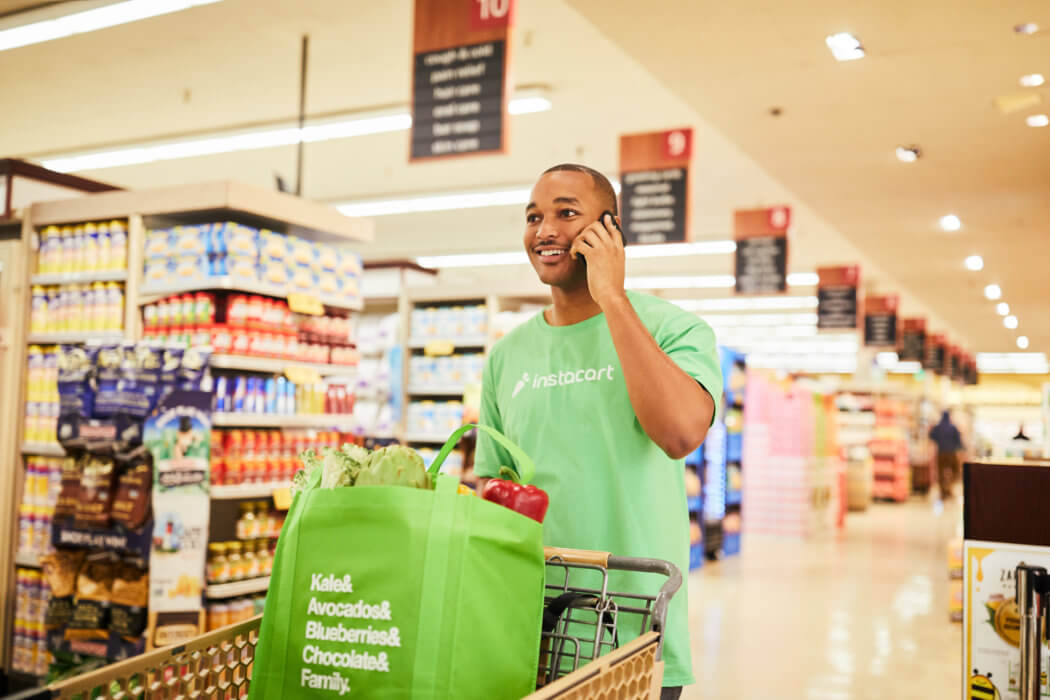
In this article we talk about the digital shelf, compare the similarities between it and the physical shelves in brick-and-mortar stores, and reveal some insights on consumer behavior which debunk an early eCommerce myth that the digital shelf made all products equally visible.
Let’s start with what we mean when we talk about the digital shelf. This is the online or digital space where products ‘sit’. The Instacart Marketplace displays products on the search results page when consumers search for a product, in departments and aisles as consumers browse their favorite grocery retailer, and on the ‘your items’ list, a collection of products the consumer could be interested in based on their past purchases — all examples of a digital shelf.
Whether the consumer accesses the Instacart Marketplace over the web, or they use our mobile app, they can browse, discover, and purchase products from these digital shelves. With more than 700 million product listings, Instacart represents a comprehensive digital grocery catalog, and Instacart Ads offers brands big and small an opportunity to reach and attract consumers in the digital aisles.
In a physical store, brands use product placement, packaging, and endcap grouping strategically. If we think about the experience of a consumer on a specific trip occasion — ingredients for taco night — she goes to her physical grocery store and walks through the different aisles and looks on various shelves to find the ingredients. She’ll see many products, some of which she isn’t shopping for — the taco shells could be beside different wraps and flatbreads, the cheese between milk and yogurt. Some products will be more noticeable than others — products on endcaps, placed on the shelves in her sightline, or simply those she encounters first can all catch her eye more effectively than similar products without the advantageous placement.
Since most of these considerations revolve around the physical placement of products on shelves in brick-and-mortar commerce, the massive growth of eCommerce heralded a new idea: that products were equally visible online.
With no physicality, one brand of chocolate ice cream was as visible to another when consumers search for chocolate ice cream. Different brands of chocolate ice cream would match the search ‘chocolate ice cream’ equally so they’d all show up on a digital shelf, the search results page, for everyone to see.
Conclusions were drawn about what this parity meant for brands. Without restrictions on product placement — on which brands got the endcap or the best sightlines — brands of any size could compete without the barrier to entry. They could be right ‘beside’ the big brands on this digital shelf. And big brands could present products from all their brands or varieties within a product, all at once; so a new potato chip flavor could be rolled out without interfering with the product placement of their best-sellers.
In a sense, this is true. If you go on any popular eCommerce platform and search for a product to buy, it can return everything it finds that matches your search, in dozens or hundreds of pages of search results. Products are treated equally insofar as they are all returned in the search results, if they match the search term.
But how many times do any of us even scroll down a list of search results? Or navigate to the next page of results and the page after that? Does anyone, when shopping, review every page of search results?
It’s this behavior which debunks the myth of product parity. Of the idea that product placement only matters for products on the shelves at brick and mortar stores. That there is no premium digital shelf space.
There is.
Just like physical shelves have premium spots and product placement matters, so do digital shelves. Brands need to get their products at the top of search results, because that’s where consumers are shopping and buying.
In fact, on the Instacart Marketplace, ads in the top 3 placements of paid search account for nearly 40% of all clicks on search results. That means that 40% of the time consumers click on any search result, they’re clicking on one of the first three products, which are paid placements. The click through rate (CTR) of those top 3 placements is ~20% higher than the next top 3 slots of organic search results.
Advertise with us to get in front of consumers when they’re searching for products like yours on the Instacart Marketplace. For more information and to get started, visit ads.instacart.com.
Most Recent in Instacart Ads

Instacart Ads
Fire & Smoke Society Spices Up Sales with Instacart Ads
Fire & Smoke Society, the makers of spices, rubs, seasoning, and sauces with playful names like ‘Potato Slayer’ and ‘Mayor Of Rub Town’ got their start back in 2018. Originally, the spices and seasonings were…...
Apr 17, 2024
Instacart Ads
Instacart Launches Target ROAS and New Acquisition Objective
New functionality brings increased control and efficiencies to reach new audiences At Instacart, we use an objective-based framework to organize our ad formats for advertisers creating new ad campaigns. Because our different ad formats are…...
Apr 16, 2024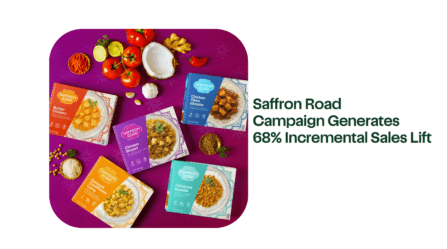
Instacart Ads
Saffron Road Campaign Generates 68% Incremental Sales Lift
Saffron Road is America’s largest brand in “Better for You” animal protein-based frozen dinners. They deliver clean-label, high-quality, and ethically sourced products that respect cultural traditions from around the world. Saffron Road was an early…...
Apr 9, 2024

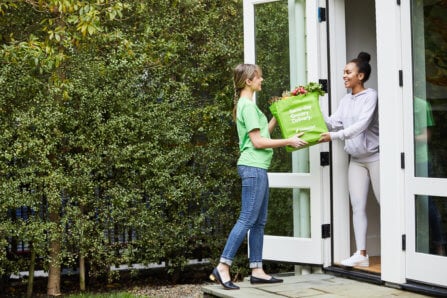 How Consumers Shop on Instacart – Unique Consumer Behavior
How Consumers Shop on Instacart – Unique Consumer Behavior 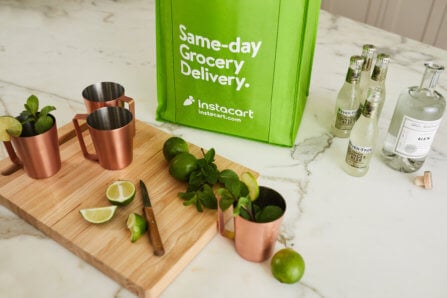 Advertising on Instacart 101: Where Do My Ads Show?
Advertising on Instacart 101: Where Do My Ads Show? 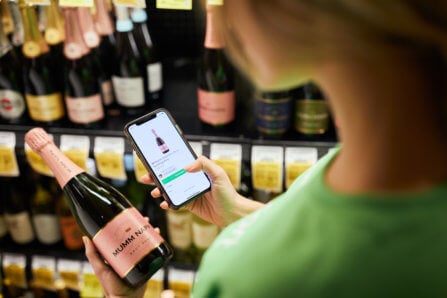 How Instacart Ads provides value today and in the cookieless future
How Instacart Ads provides value today and in the cookieless future 
